Figs are among the oldest cultivated fruits in human history, with origins tracing back over 11,000 years in the Middle East. Known for their sweet taste, nutritional benefits, and symbolic importance in many cultures, figs are grown and consumed across the globe. From fresh to dried, they are used in culinary dishes, desserts, and even traditional medicine. But which country leads the world in fig production? This article delves into global fig cultivation and reveals which nation stands at the top, supported by detailed statistics, regional practices, and economic impact.
Global Significance of Fig Production
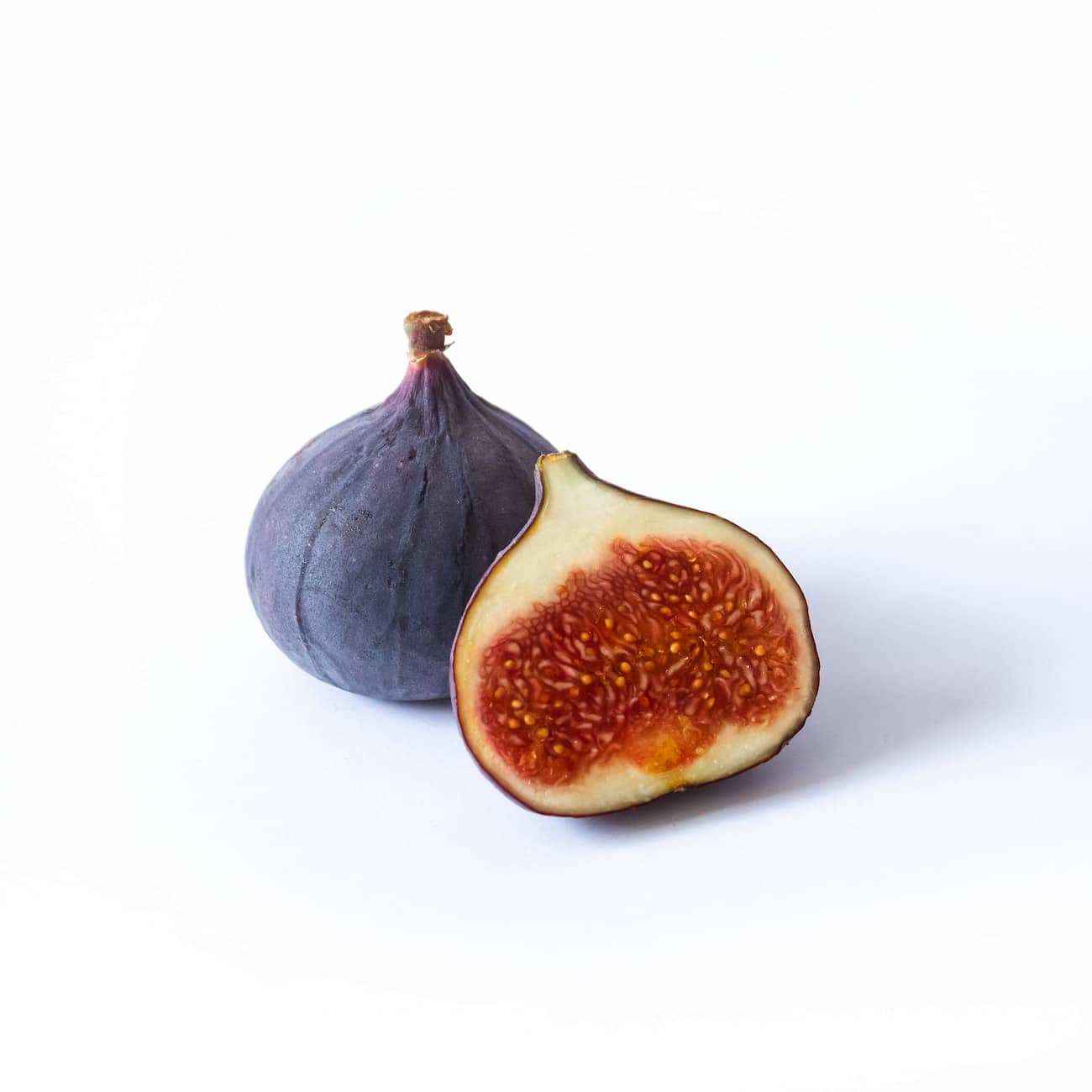
Figs (Ficus carica) thrive in warm, dry climates and are predominantly grown in Mediterranean, Middle Eastern, and some Asian regions. As a fruit rich in fiber, antioxidants, and essential minerals like calcium, magnesium, and potassium, figs have become a staple in global diets. With the growing interest in healthy, natural foods, fig production has gained commercial value worldwide.
Top Fig-Producing Countries
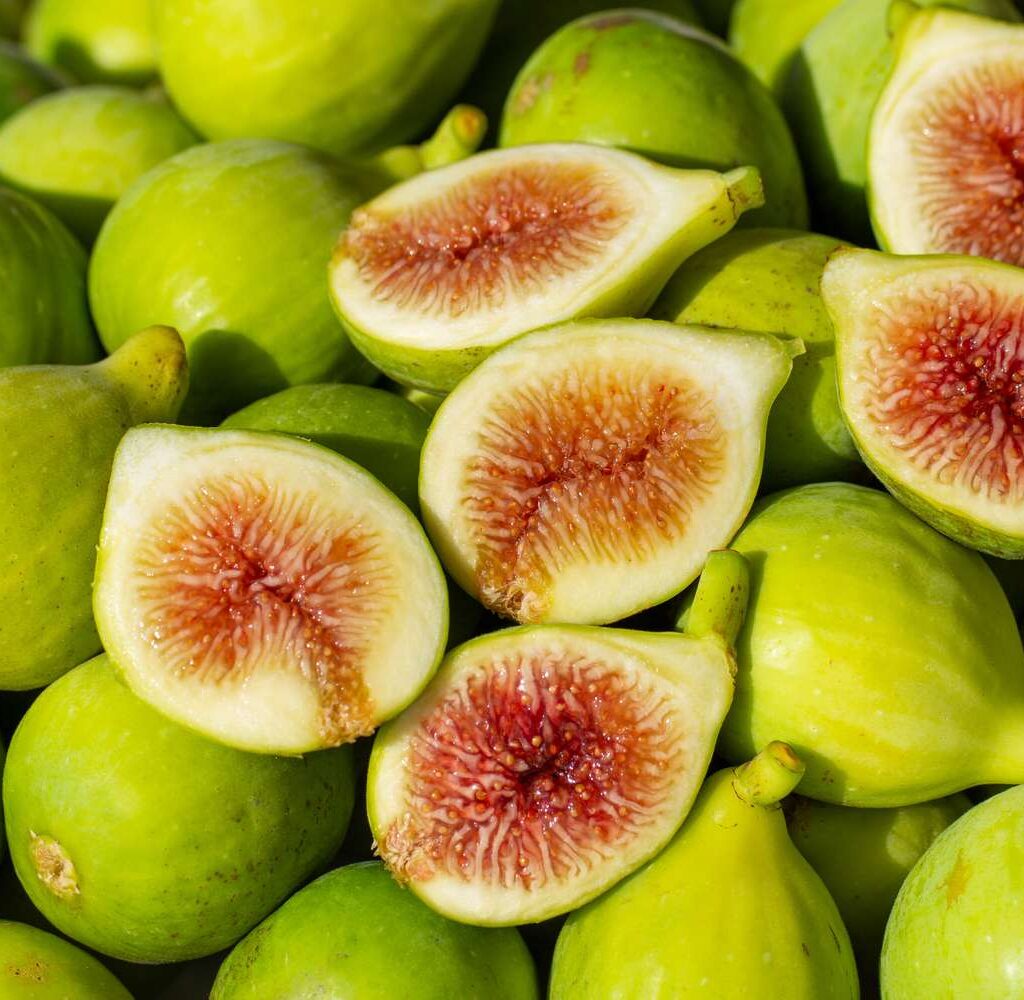
According to the Food and Agriculture Organization (FAO) of the United Nations, global fig production has steadily increased, reaching over 1.3 million metric tons annually. The leading producers span multiple continents, but one country dominates the field.
Here is a snapshot of the top fig producers (approximate annual production data may vary slightly depending on the year):
- Turkey – ~320,000 metric tons
- Egypt – ~270,000 metric tons
- Iran – ~150,000 metric tons
- Algeria – ~120,000 metric tons
- Morocco – ~90,000 metric tons
Turkey: The Largest Fig Producer in the World
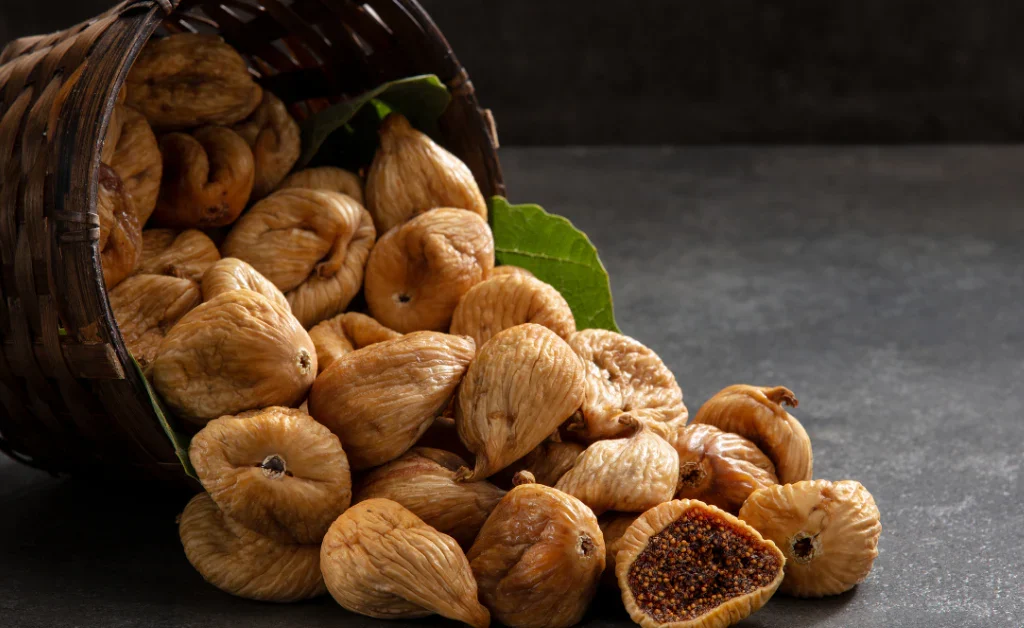
Turkey is, without a doubt, the world’s largest fig producer, contributing nearly 25% of global production. The country has held this position for decades due to its ideal growing conditions, rich fig-growing heritage, and large-scale export network.
1. Historical and Cultural Importance
Figs have been a vital part of Anatolian agriculture for thousands of years. In ancient times, figs were considered sacred in Greek and Roman civilizations and were highly valued for both nutritional and medicinal purposes. Today, Turkish figs are renowned globally, particularly the famous “Sarılop” (also known as Smyrna) variety, which is prized for drying.
2. Major Growing Regions in Turkey
- Aydın Province: This southwestern region of Turkey is the heartland of Turkish fig production. Its Mediterranean climate and fertile soil create perfect conditions for fig trees. The region alone accounts for over 70% of Turkey’s fig exports.
- İzmir, Bursa, and Mersin: These areas also contribute significantly to fig production, both fresh and dried varieties.
3. Types of Figs Produced
Turkey cultivates several fig varieties, but the most prominent are:
- Sarılop (Smyrna) – Widely used for drying and export.
- Bursa Siyahı – A black fig variety, consumed fresh and increasingly popular in international markets.
- Morgüzel – A local variant often consumed domestically.
4. Export and Economic Impact
Figs are a vital component of Turkey’s agricultural exports. The country exports both fresh and dried figs to over 100 countries. Key export markets include:
- European Union (Germany, France, Italy)
- United States
- Russia
- Middle Eastern countries
On average, Turkey earns over $250 million annually from fig exports, contributing to rural employment and the national economy.
5. Government and Industry Support
Turkey’s Ministry of Agriculture supports fig growers with training, pest management programs, and subsidies. Additionally, cooperatives help farmers improve harvesting techniques and ensure product quality, especially for exports.
Why Turkey Leads the World in Fig Production
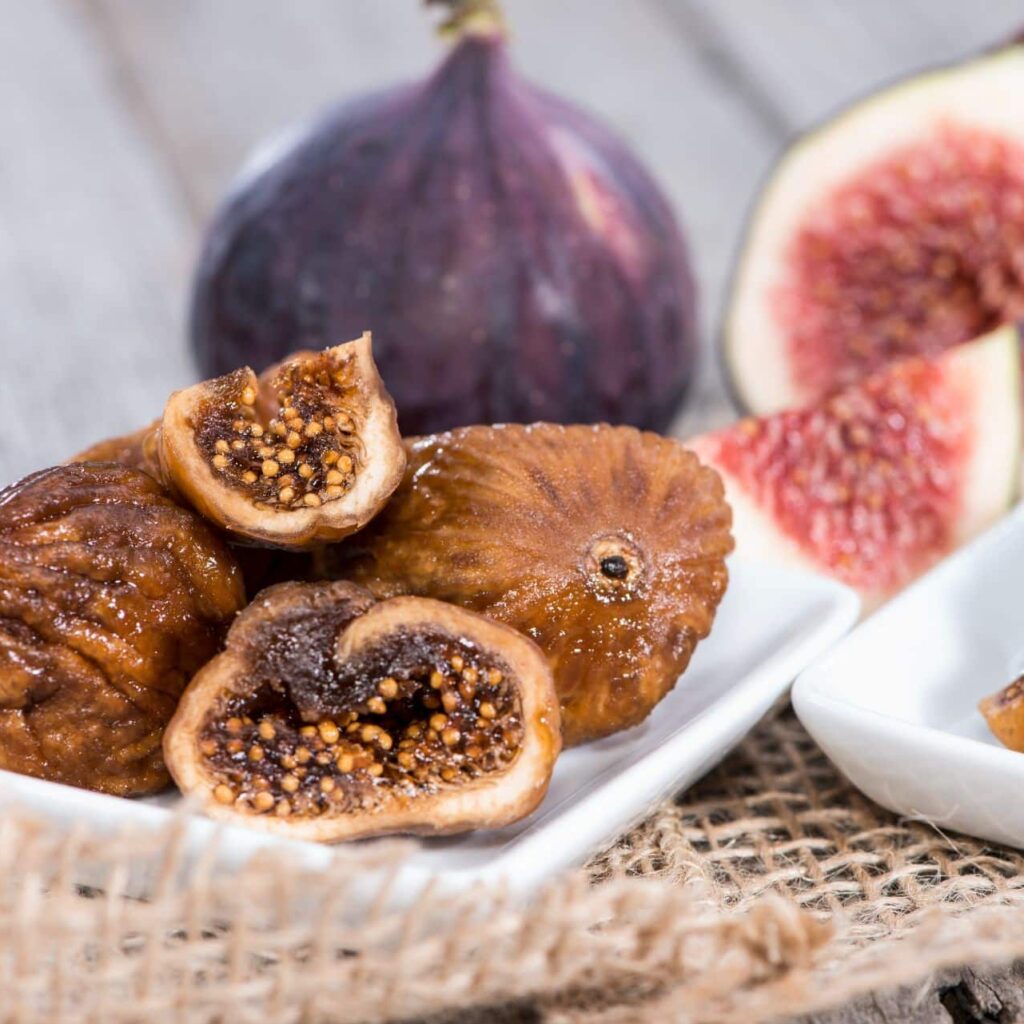
Several factors contribute to Turkey’s global leadership:
A. Ideal Climate
The Mediterranean climate, with hot, dry summers and mild winters, is perfect for fig trees.
B. Tradition and Expertise
Centuries of experience in fig cultivation and traditional drying techniques (such as sun-drying) have been passed down through generations.
C. Large-Scale Infrastructure
Turkey has developed an efficient network of fig cooperatives, drying facilities, and cold storage units, enabling high-quality output and timely exports.
D. Market Demand
Global consumers recognize Turkish figs for their superior taste, texture, and quality, which fuels ongoing demand and investment.
Comparison with Other Leading Countries
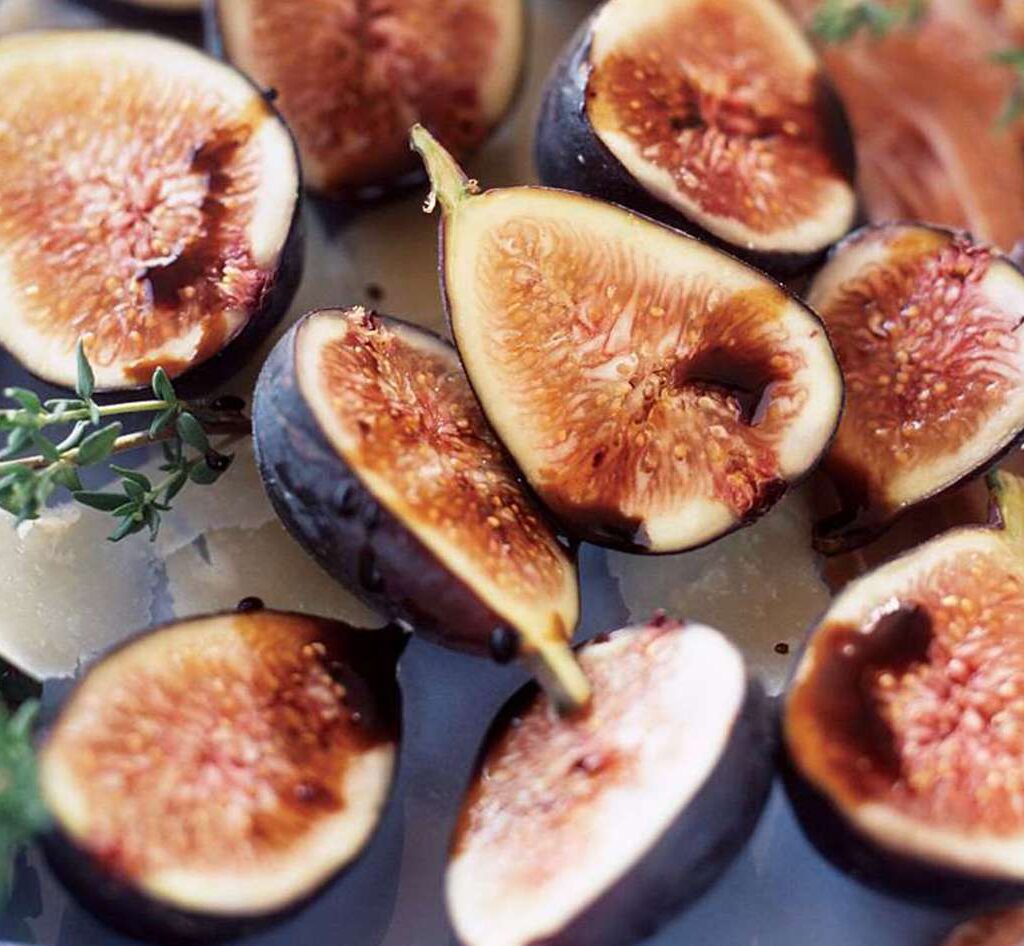
1. Egypt
Egypt ranks second in global fig production. The country has made rapid progress in recent years, mainly producing figs for local consumption. Egyptian figs are known for their soft skin and sweet taste, but export volume is limited compared to Turkey.
2. Iran
Iran grows a variety of figs, especially in provinces like Fars and Lorestan. Iranian dried figs are appreciated in Asian and Middle Eastern markets, but political restrictions and limited infrastructure affect export growth.
3. Algeria and Morocco
These North African nations grow figs mostly for regional consumption. While production is high, quality control and export infrastructure are still developing.
Challenges Facing Fig Production in Turkey
Despite its leading status, Turkey’s fig industry is not without challenges:
- Climate Change: Erratic weather patterns, including early frosts and droughts, pose threats to fig yields.
- Pests and Diseases: Fig tree borers and fungal infections can impact both fresh and dried figs.
- Urbanization: Expanding cities sometimes reduce agricultural land availability, especially in productive areas like Aydın.
Efforts are being made to promote sustainable agricultural practices and introduce climate-resilient fig varieties to maintain and improve production levels.
Future Outlook
The global demand for figs—especially dried figs—is on the rise due to increasing health awareness and preference for natural snacks. Turkey is well-positioned to maintain its lead by:
- Investing in organic and pesticide-free fig farming
- Expanding its reach to new international markets
- Enhancing processing and packaging standards
In addition, innovation in food technology (fig-based snacks, fig paste, fig syrup) is opening up new opportunities for value-added products.
Conclusion
Turkey stands tall as the largest fig producer in the world, a title it has earned through ideal climate conditions, centuries of cultivation experience, and strategic investments in fig production and export infrastructure. As figs gain popularity in international diets, Turkey is poised to continue dominating the global fig market, setting an example for other nations in sustainable, large-scale fruit production.
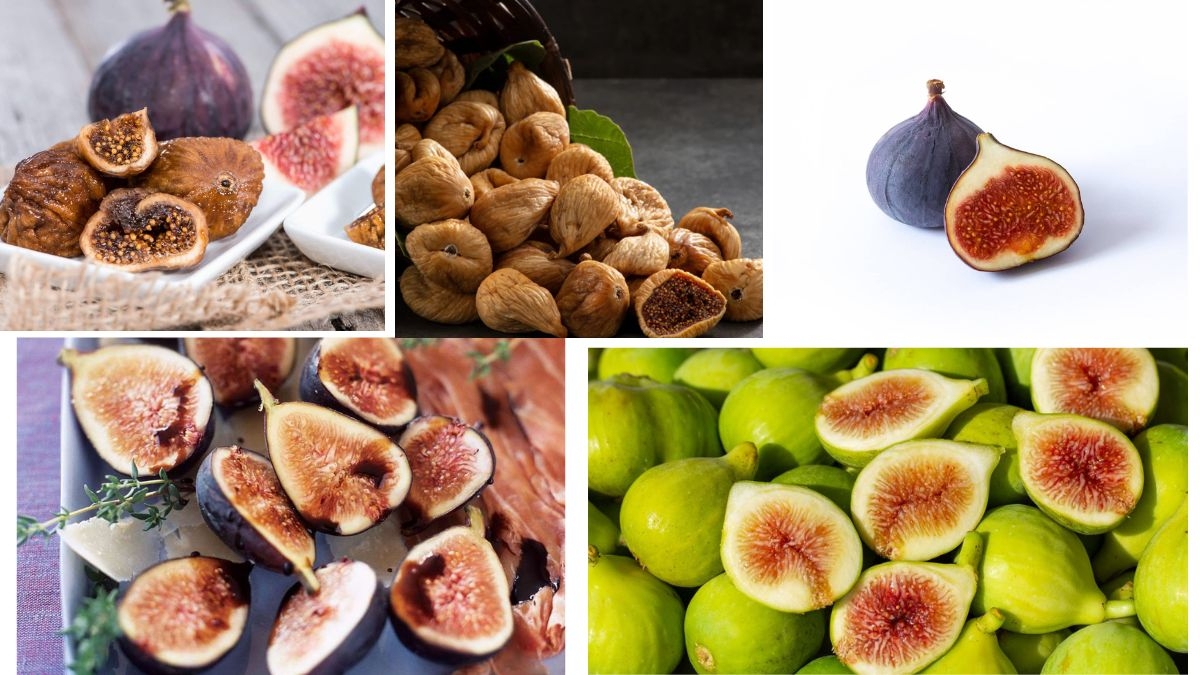



Leave A Comment